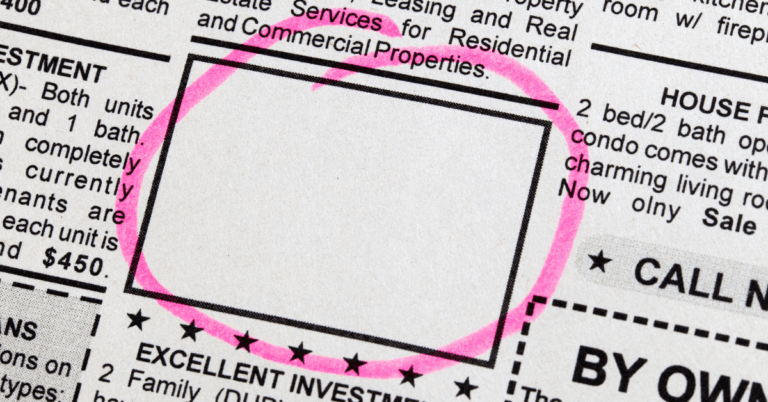It is much more difficult than people realize to start a business. Rarely does a business become so well-informed about its niche that it is able to scale with minimal effort? Why do so many startups fail, you ask? How many startups actually fail?
About 90% of startups fail.
These are just a few of the many reasons why businesses fail.
Here is what you need to know before you start your own business.
What is a startup
A startup is a company in its initial stages of business. Founders finance startups and might try to attract outside capital before they are successful. Family and friends can provide funding, as well as venture capitalists, crowdfunding, and loans.
Startups are simply new companies; they are businesses that have been created recently. Many business schools have developed a new definition of startup over the past five years.
Business leaders have defined a startup as “a temporary organization designed to look for a business model that is repeatable and scalable.” Startups look for attractive business models, while companies are focused on executing them. This distinction impacts the nature and requirements of both types of organizations.
Why do startups fail
Cash flow problems, which are very common in startups, are one of the leading reasons startups close down. Even if investors aren’t backing out, startups can still fail if they don’t satisfy customers’ needs or their pricing is too high/low. Business owners say the main reasons for failure are money running out, not being in the right market, poor research, bad partnerships, and ineffective marketing.
Finding the right market
A product must be market-ready. This means that customers will pay for the product they are used to buying in order to solve their problems. It is important to start researching the details of your new venture before you begin thinking about the product. You can promote your product by creating a landing page. This will help you get traffic and measure engagement.
It’s also common for products that are well-marketed to not be properly promoted. Either companies sell their products in a way they don’t appeal to an audience or they don’t know what people want and push the wrong features. It doesn’t matter if you have the most amazing product in the world. But if it isn’t known about and not appealing to the right people, it will not sell. Many startup founders are so enthralled by their product that they neglect to market it.
Poor market research
Market research is essential to maintaining your brand, meeting client expectations, recognizing potential opportunities, increasing profit margins, and being competitive. Without data from your market and consumers, it’s difficult to prove that your products and/or services address the actual needs of your target audience.
You can learn a lot about your industry and the competition, which will help you to market your business to those customers and clients. You may be able to learn how to interact with them, how your business compares to others, and how to guide your future actions.
It is possible to create a framework based on facts for projecting profitability and sales by understanding how to conduct market research for startups. It could be the difference between making great decisions that will help your business grow or making poor decisions that will cause it to collapse.
The wrong partnership
A successful business partnership should be built on the strengths, talents, personalities, and experience of both potential partners. Relatives and friends must bring more to a business partnership than their personal relationships with you.
Separate your business and personal lives. That way, you’ll be able to have frank and open discussions with your partner(s) about difficult business decisions, goals, and finances–discussions that a close personal relationship can make difficult.
It is essential to have a complete partnership agreement before you start a business.
Ineffective marketing
A business can be described as a combination of marketing and bookkeeping. It doesn’t matter what product or service you offer, as long as you can excel in both of these areas, you will be successful. Most entrepreneurs are not experts in their field. Instead of struggling with your marketing campaigns, outsource this part of your business. Although it is expensive, the results will be worth it.
It doesn’t matter how amazing your product is. If no one knows about it, it will fail. Poor marketing is one of the main reasons startups fail. I get lots of questions about it. Although you don’t need to hire a professional PR staff at the start, it’s a good idea to learn from failed startups and not ignore marketing. Yes, even if you are bootstrapping.
Running out of money
The worst thing you can do when faced with a difficult situation in your company is to ignore it. There are still many options if money is tight in your company, but they will diminish as your situation gets worse.
To face the facts you must first understand them and assess the severity of your problem. You should focus on your cash flow statement and balance sheet. Calculate your long- and short-term cash needs in terms of decreasing expenses (lower your burn rate), and increasing cash coming into the business.
Cut costs when your business is struggling to make ends meet. There are many ways you can cut costs. You could cancel subscriptions or take a pay cut.
How Can You Successfully Scale a Startup?
Scalability is about having the right systems in place and people to support your growth. These are some things you should be thinking about as you plan to scale your startup.
- Find out how you can automate and outsource anything that is not directly related to your core competencies.
- Be disciplined about your spending. Spend your money only on people and features you are ready to use.
- Your business should be scalable. If the product or service requires it, there’s nothing wrong with staying small and lean.
It is essential to identify, verify, and make available the current status of a company’s scale-up status. Accessing better, more timely data about scale-ups is critical for productivity.
When companies “scale”, they increase their revenue exponentially without investing a lot in acquiring more resources. This means that they can improve their profit margins while keeping costs low. Startups are especially obsessed with productivity. If you follow this outline you will have a better understanding of why most startups fail and how to avoid failure when starting a business.












